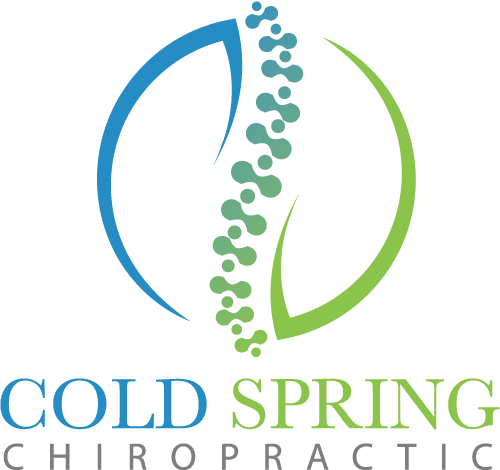Back Injuries in Young Athletes
Posted on November 29, 2018Back Injuries In Kids Is More Common Than You Think
By Dr. Jon DeGorter, DC
As we get older most of us have experienced lower back pain. But back pain in young athletes is surprisingly common and back injury occurs more often than concussions.
Low back pain is associated with sports involving repetitive extension, flexion, and rotation, such as gymnastics, dance, and soccer. Both acute and overuse injuries occur, although overuse injuries are more common.
Participating in sport puts adolescents at greater risk of developing lower back pain, but the diagnoses are different than with older athletes. Adults tend to have muscle strains and disc-related problems. Young athletes with low back pain have a high incidence of structural injuries such as spondylolysis and other injuries to the posterior elements of the spine. Muscle strains are less likely in young athletes and should be treated, but it should not be the immediate go-to diagnosis. Attributing low back pain in kids to simple back strains, without investigation, runs the risk of missing the proper diagnosis and delaying appropriate treatment of more serious injury.
Risk Factors
During periods of rapid growth, soft tissues such as muscles and ligaments are unable to keep pace with the rate of bone growth, resulting in muscle imbalances and a decrease in flexibility. This places young athletes at greater risk for injury. Growth cartilage and secondary ossification centers, present only in the skeletally immature, are particularly vulnerable to injury. During growth, these areas are the weakest link of force transfer and are susceptible to compression, distraction, and torsion injury.
Back injuries can occur due to a hyperextension (overextension) of the back or from an accumulation of stress and strain over time. Insufficient strength of the abdominal and back extensor muscles is also a major contributor to back injury. Overtraining is a major cause of back pain and injury in young athletes. Children and teenage bodies are still growing, developing and can’t take as much repetition, and therefore training, as an adult.
Training volume and intensity is something to be aware of and monitored with young athletes. Injuries occur more often with younger athletes who participate in a sport for extended periods of time such as during tournaments and specialized sports camps. Poor technique increases risk of injury, as well as abdominal muscle weakness, and hip flexor, hamstring, and thoracolumbar fascia tightness.
Prevention
To reduce the risk of back and other sports-related muscular injuries:
- Don’t play one sport exclusively before late adolescence.
- Don’t spend more hours per week than your age playing sports.
- Spend an equal amount of time in unorganized play as in organized sports.
- Don’t play a competitive sport year round. Take a break from competition for one to three months.
- Take at least one day off per week from training.
Athletes and their parents need to realize that a young body, no matter how athletically gifted, has its limits. Exceeding them will lead to injury. Take any back pain lasting a week or more seriously and see a sports injury specialist. At Jonas Chiropractic we focus on mobilizing joints and releasing short, tight muscles and soft tissues, and strengthening longer, weaker muscles to correct the body’s alignment and increase movement control. Proper alignment and muscle balance will increase strength, improve range of motion, and greatly reduce the risk of injury.
Jonas Chiropractic Sports Injury Care
Our goal is helping every athlete reach their personal performance goals. We design individualized sport-specific plans, using joint mobilization techniques with soft tissue repair in addition to the strengthening and coordination regimens offered by physical therapy.
Active Release Technique® and Graston Technique are two highly effective methods for treating soft-tissue injury, and also preventing formation of adhesions and scar tissue which helps prevent future injury. Active Release Technique® stimulates repair and accelerates healing by restoring normal tissue texture and reestablishing full flexibility, balance and stability. ART® is completely natural and non-invasive and can prevent the need for more invasive treatment.
Active Release Technique® involves intense active movement-based massage treatments, which sets it apart from passive massage techniques and physical therapy. ART® and Cold Laser Therapy promotes faster recovery, restoration of normal tissue function and helps prevents injury by reducing scar-tissue build-up and promoting ideal muscle length through the healing process. While other therapies can provide relief, ART® combined with specific stretching and exercise heals tissue in the shortest time with the lowest incidence of re-injury.

